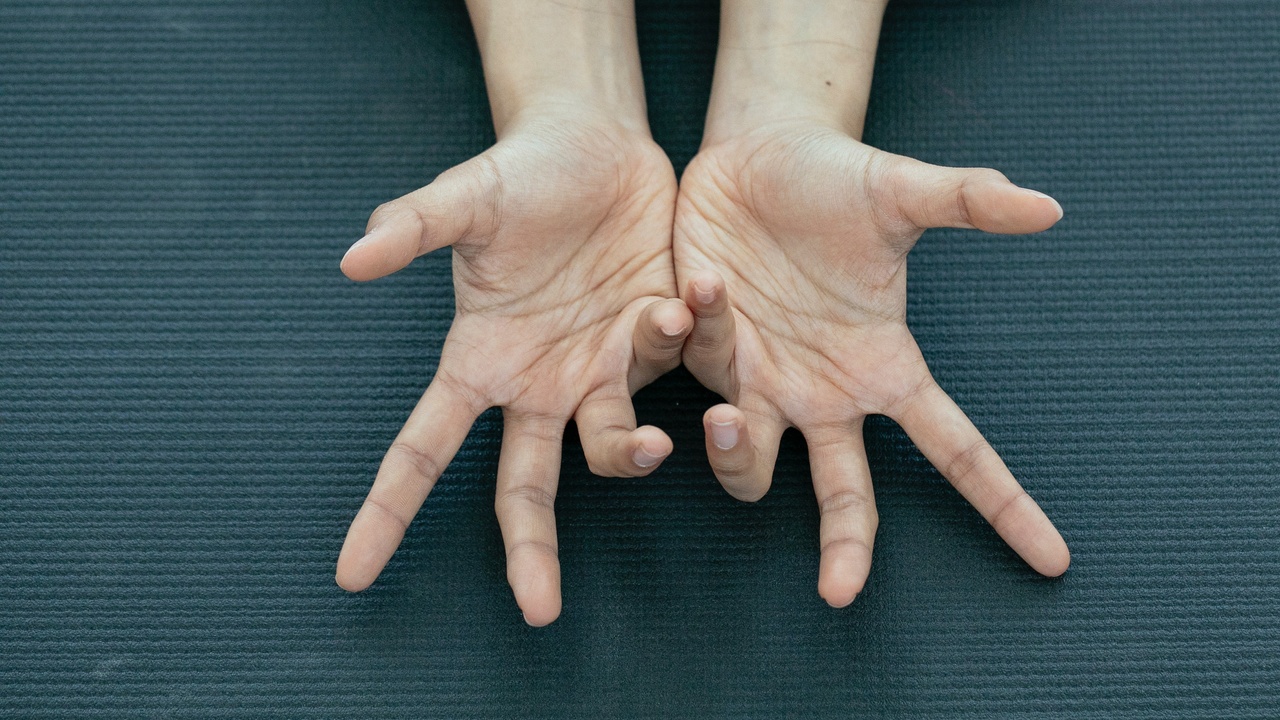Preparing Clients for Exposure Using Acceptance and Commitment Therapy: Creative Hopelessness through Finger Traps
Feb 19, 2013
These posts are a subset of my series on using exposure in Acceptance and Commitment Therapy. These particular posts are lighter on theory and instead focus on specific ACT metaphors and exercises therapists can use to help prepare clients for exposure.
In Acceptance and Commitment Therapy (ACT), we use the term creative hopelessness to refer to the process of helping people experientially contact the costs of their avoidance behaviors. By “hopeless” we don’t mean that the client is hopeless. Instead, this term describes the new possibilities that can open up when we let go patterns of behavior that are not working (i.e., the behavior is hopeless). Developing this awareness can increase client willingness to engage in something as intense as exposure.
Below I discuss one exercise I find helpful in facilitating creative hopelessness in people with anxiety. There are plenty of other options. This is one of my favorites, and I use it quite frequently, especially as a rather gentle introduction to the idea that struggling with internal experiences may be counterproductive.
Introducing the Finger Trap
In order to do the exercise, it helps to have some actual finger traps. (Amazon has several cheaply priced options.) I keep some on hand in a small box of props and supplies within reaching distance of my seat.
Finger Traps
If you’re unfamiliar, fingers traps are woven bamboo tubes. You stick your index fingers into each end, and when you try to pull your fingers out, the tube contracts, trapping your fingers. When you push your fingers in, the tube expands and relaxes.
Using finger traps in session
If I hear any client talk suggesting struggle with anxiety, I may pull out a couple finger traps, handing one to the client and placing my own fingers in the other.
Case Vignette
T: These are finger traps—ever seen one before? [Slips fingers into trap]
C: Yeah, when I was a kid. [Also places fingers in trap]
T: Let’s play around with it a bit. [Spends a few moments, pulling against the trap until it tightens] OK, so what happens when you try to pull your fingers out? What do you notice?
C: It tightens up on me. I can’t get free.
T: Yeah, it tightens on you, it constricts around your fingers. Have you ever had that experience, with your anxiety or some other painful experience—you try to get away but it tightens up, becomes more painful?
C: Yeah, I think so, yeah. [Even if the client doesn’t link it to current problems, most people have had some experience of trying to get away from a painful emotions and feeling it intensify]
T: What happens when you press your fingers in? [Pushes fingers in]
C: It loosens a bit.
T: Yeah, it loosens up. You’re not out, you’re still in the trap, but you can wiggle your fingers. You still have some breathing room. What if you anxiety is like this? When you try to get away, it tightens up on you, becomes more painful. But when you lean into it, it doesn’t go away, but maybe you have a little bit of space. It’s a little counterintuitive. When we’re in pain, our tendency is to do this [pulls away] but that can make it much more painful. When we lean in, often there’s a little space there [pushes in].
Things to consider
Please note: although there is a way out of the actual physical finger traps, side-step this in your own presentation. If the client slips it off his fingers, you might comment on how it’s not so easy to slip out of anxious feelings. The emphasis is on the contrast between pulling away (e.g., experiential avoidance or struggle) and leaning in (e.g., willingness to experience feeling).
The exercise doesn’t have to take long: 5-10 minutes is often fine. Sometimes I’ll even introduce it at the end of the first session.
What I really like about this exercise is that I can give clients something tangible to take with them as a reminder. I’ll ask if they’re willing to take the finger trap home and place it where they might see it regularly (e.g., purse, desk, dresser, etc.).
To use a geeky behavior analytic term, the finger traps may serve as a form of stimulus control: a cue to remind clients of the metaphor and increase the likelihood they may notice in their own experience how struggling with anxiety intensifies pain.
Concluding words
Finger traps are a fun and brief way to introduce the idea that struggling with uncomfortable emotions may not be working. Most people get the idea pretty quickly even if they’re not aware of how pervasive the problem may be for them. It also helps orient clients to the idea that ACT may be a little different—that they’ll be noticing and doing rather than simply talking about what’s going on.
The icing on the cake: the client can take something home with them as a reminder of what you discussed. This little woven bamboo tube may serve as a cue to look more closely at their experience.
In my next post, I’ll discuss one other exercise for developing creative hopelessness: Tug-of-War with a Monster!
Learn more about our live, virtual, and accredited courses from the best minds in evidence-based therapy and Acceptance & Commitment Therapy (ACT), brought to you by Portland Psychotherapy Training.
Join our mailing list!
Subscribe and get curated research reports, essays, and special course offers – right to your inbox.
We hate SPAM. We will never sell your information, for any reason.

